A collection of imagery and sources designed to stimulate conversation around the idea of sculpture used to help us remember.
Please note that this page contains links to external websites and has videos from external websites embedded. At the time of creating, AccessArt checked all links to ensure content is appropriate for teachers to access. However external websites and videos are updated and that is beyond our control.
Please let us know if you find a 404 link, or if you feel content is no longer appropriate.
We strongly recommend as part of good teaching practice that teachers watch all videos and visit all websites before sharing with a class. On occasion there may be elements of a video you would prefer not to show to your class and it is the teacher’s responsibility to ensure content is appropriate. Many thanks.



Cretto di Burri by Italian Sculptor Alberto Burri
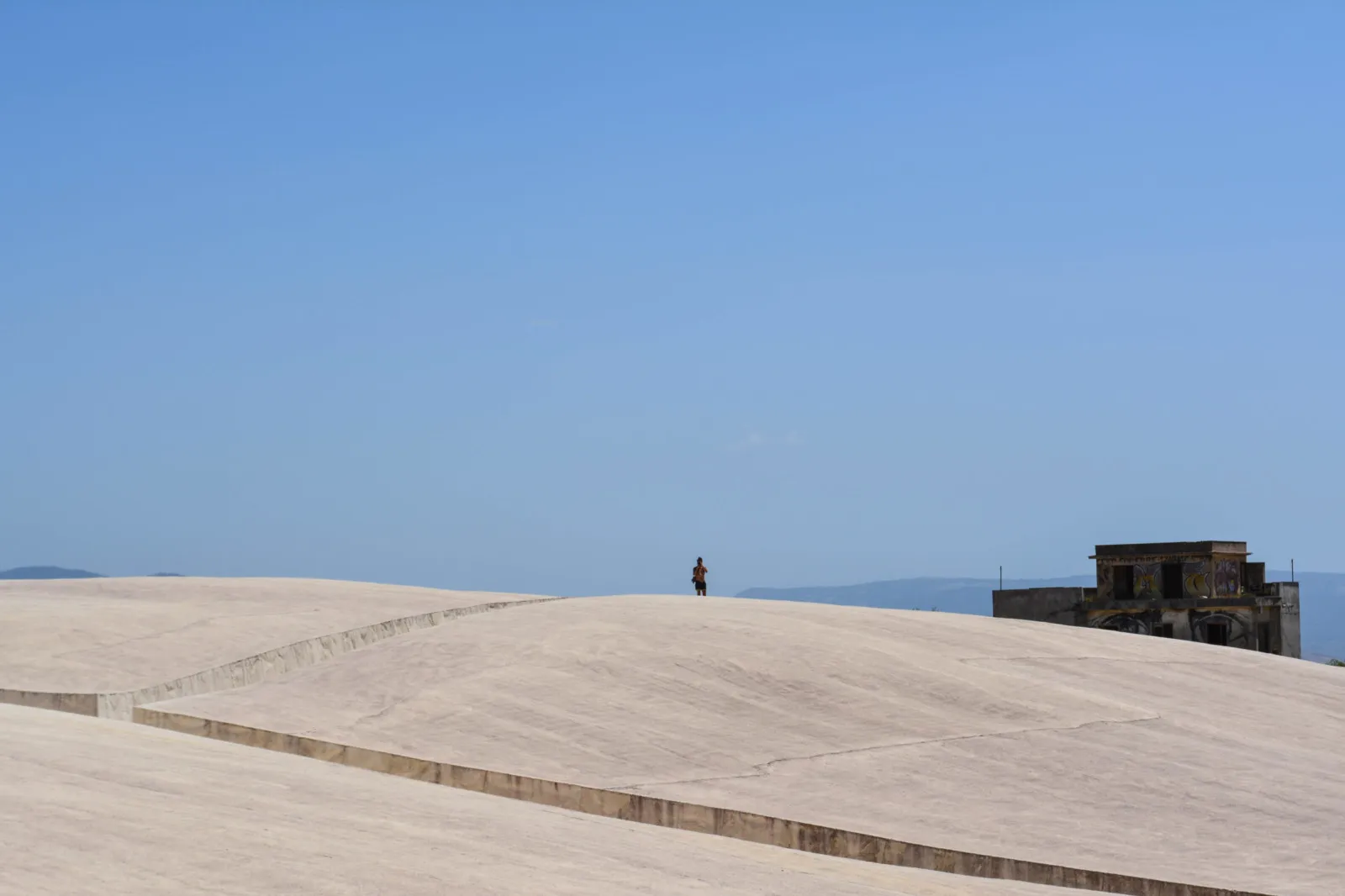
Alberto Burri – Cretto di Burri (Crack of Burri), 1984–2015, concrete, 1.50 x 350 x 280 m (4.9 x 1,150 x 920 ft), Gibellina, Sicily, Italy, photo: CC BY-NC-SA 2.0 by Luca Di Ciaccio
The Cretto di Burri alias Crack of Burri is a landscape artwork by Italian visual artist, painter, sculptor, and physician Alberto Burri
Located in Sicily, Italy, the project began in 1984, only to stall in 1989 when funds ran out. It was finally completed 30 years later in 2015.
This piece of land art sculpture, made from cast concrete, commemorated the destruction of the city of Gibellina in 1968 by the Belice earthquake.
The quake destroyed the landscape and left thousands of families homeless.
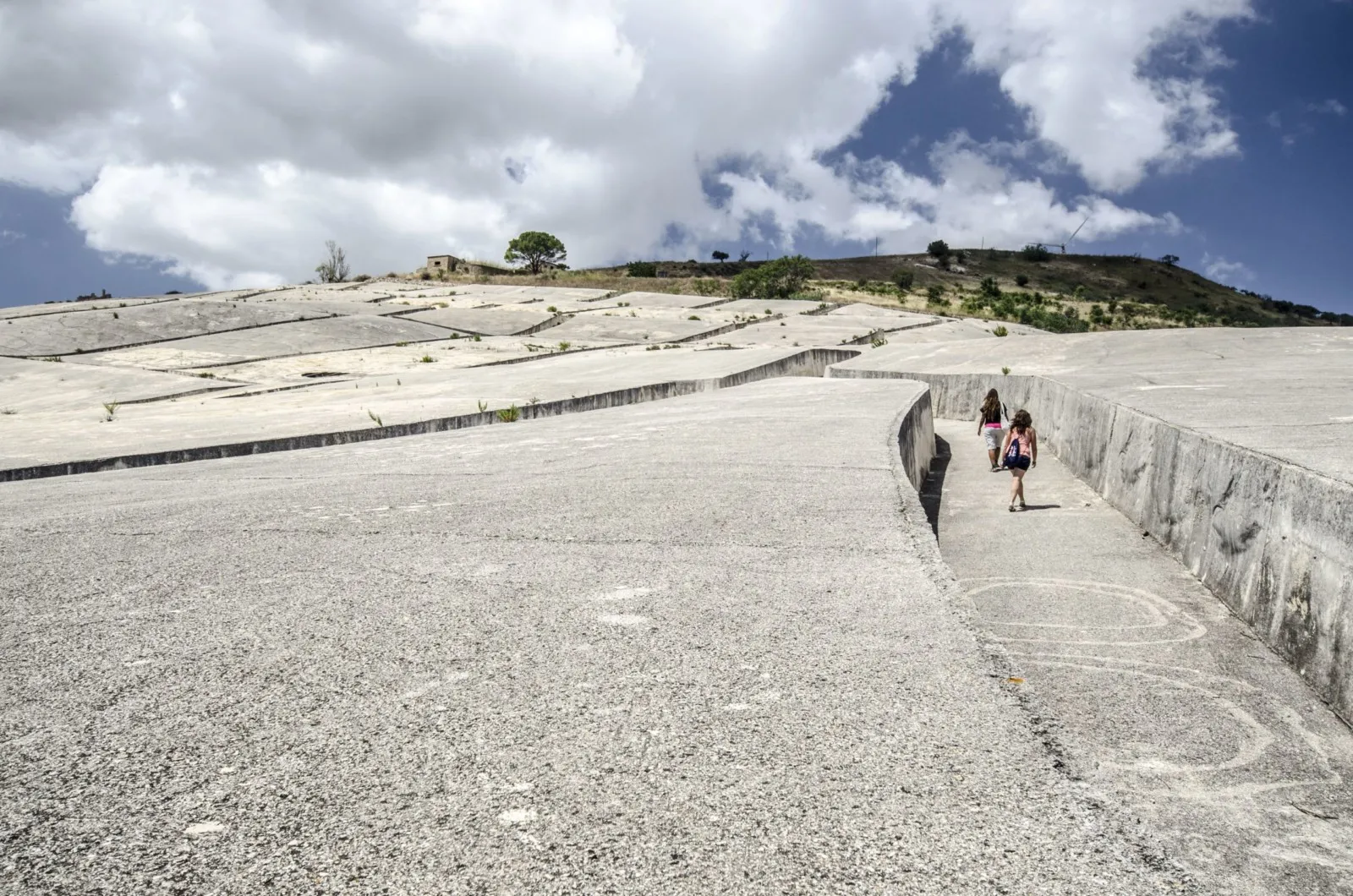
Alberto Burri – Cretto di Burri (Crack of Burri), 1984–2015, concrete, 1.50 x 350 x 280 m (4.9 x 1,150 x 920 ft), Gibellina, Sicily, Italy, photo: CC BY-NC-ND 2.0 by Michele Cannone
Alberto Burri was an artist involved in the creation of a new town, 20 km to the west of the destroyed town. This article describes how the mayor was so impressed with Burri that he invited him to make a piece of art to commemorate the catastrophic event. At first Burri wasn’t sure, but after he visited the destroyed area he said:
I almost felt like crying and immediately the idea came to me: here, here I feel that I could do something. I would do this: we compact the rubble that is so much a problem for everyone, we arm it well, and with the concrete, we make an immense white crack, so that it remains a perennial memory of this event.
Burri and his workers collected the rubble and redistributed it, casting it into huge cement blocks to recreate the old streets.
“The cracked white concrete of this monument memorializes and conceptualizes the ordeal and suffering of the Belice earthquake, with the slits marking not just the literal streets and corridors of the old town but also the violence done to the land, people, as well as profoundly to the cultural memory of the site.” https://publicdelivery.org/cretto-di-burri/

Alberto Burri – Cretto di Burri (Crack of Burri), 1984–2015, concrete, 1.50 x 350 x 280 m (4.9 x 1,150 x 920 ft), Gibellina, Sicily, Italy, photo: CC BY-NC-SA 2.0 by Luca Di Ciaccio
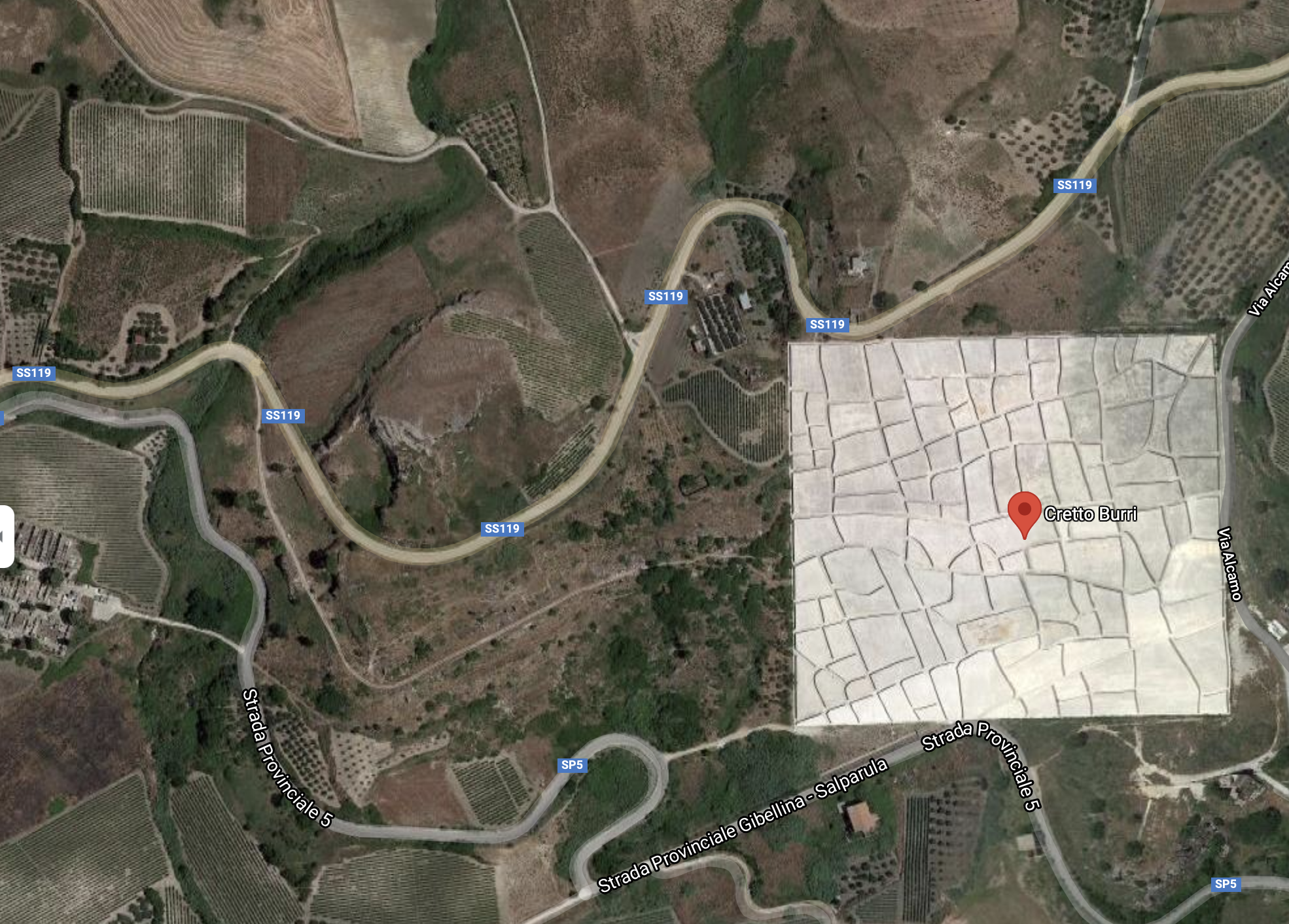
Questions to Ask Children
Describe what you see.
Which words would you use to describe the whole piece?
Can you imagine walking through the structure? Flying over it? What would it smell like? Feel like?
What do you think the artist is trying to say with this artwork?
How does it make you feel?
What is the environmental impact of the piece?
A collection of imagery and sources designed to encourage children to consider how artists are inspired by birds.
Please note that this page contains links to external websites and has videos from external websites embedded. At the time of creating, AccessArt checked all links to ensure content is appropriate for teachers to access. However external websites and videos are updated and that is beyond our control.
Please let us know if you find a 404 link, or if you feel content is no longer appropriate.
We strongly recommend as part of good teaching practice that teachers watch all videos and visit all websites before sharing with a class. On occasion there may be elements of a video you would prefer not to show to your class and it is the teacher’s responsibility to ensure content is appropriate. Many thanks.
*If you are having issues viewing videos it may be due to your schools firewall or your cookie selection. Please check with your IT department.*
This resource is free to access and is not a part of AccessArt membership.




Ernst Haekel
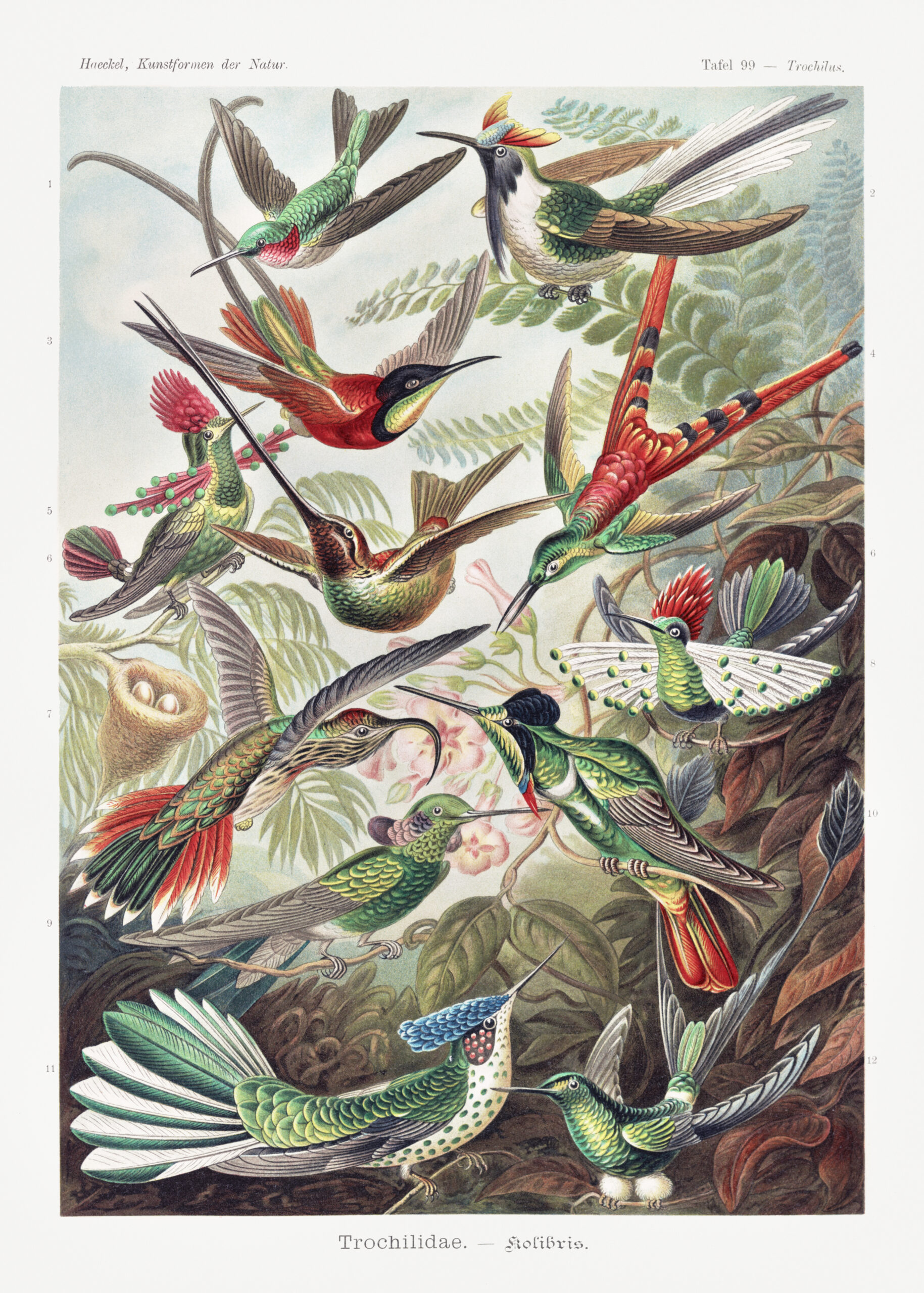
Trochilidae–Kolibris from Kunstformen der Natur (1904) by Ernst Haeckel. Original from Library of Congress. Ernst Haekel was a was a German zoologist, naturalist, eugenicist, philosopher, physician, professor, marine biologist and artist. Wiki
Questions to Ask Children
Describe what you see.
Look at the artwork as a whole – which words would you use to describe the whole piece?
Tell me about the details you like.
What do you think the artist is trying to say with this artwork?
How does it make you feel?
Hoang Tien Quyet
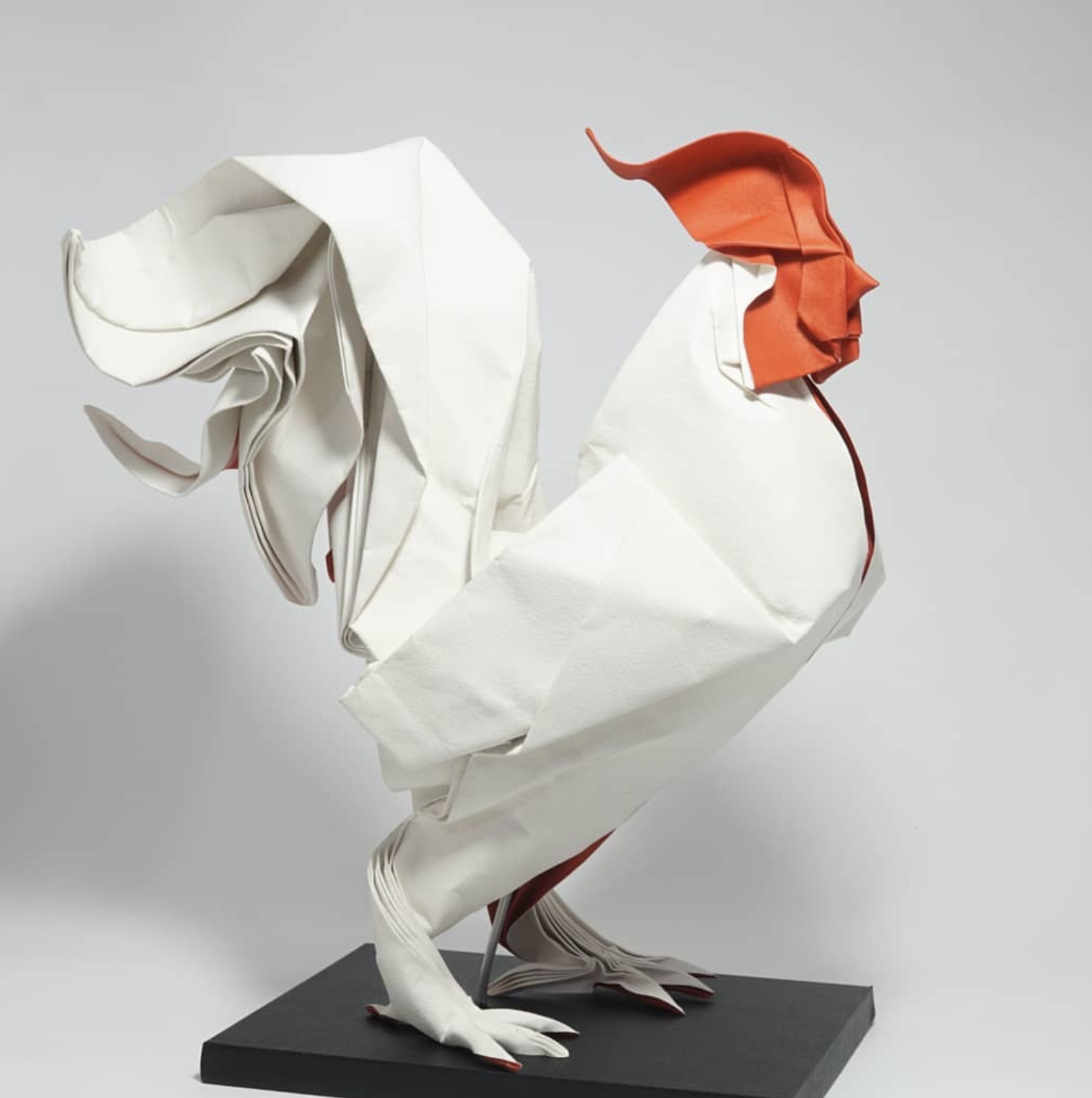
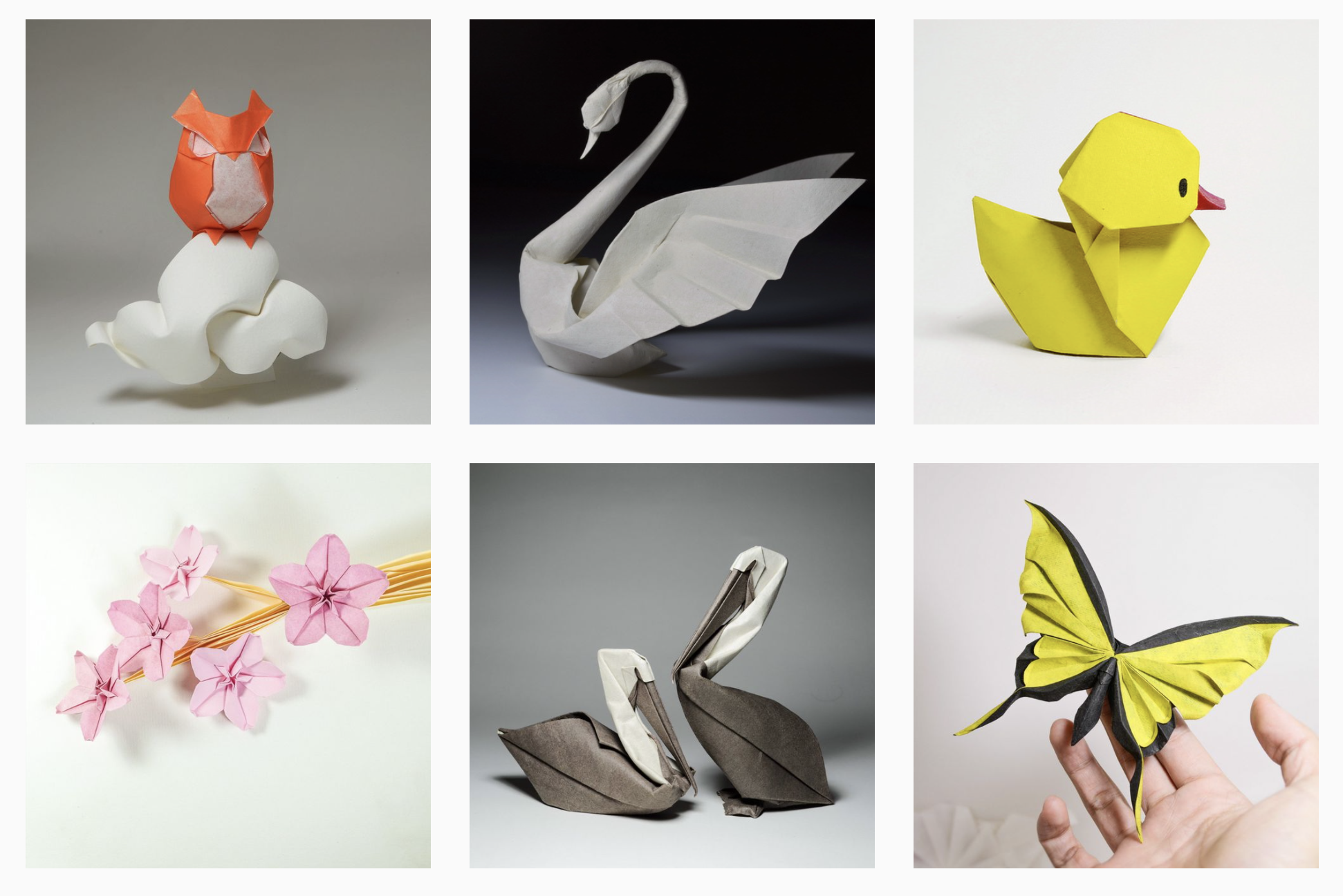
Hoang Tien Quyet, Origami artist, Vietnam. Hoang uses wet paper to make his origami creations. See his work at https://htquyet.origami.vn/tagged/designs
Questions to Ask Children
What do you think the sculptures by Hoang are made out of ?
How do you think he made them?
How do you think he decides how much detail to include or leave out?
How do they make you feel?
What do you think the artist is trying to say with this artwork?
John James Audubon
John James Audubon was an American self-trained artist, naturalist, and ornithologist. His combined interests in art and ornithology turned into a plan to make a complete pictorial record of all the bird species of North America. Wiki

Pied oyster-catcher from Birds of America (1827) by John James Audubon, etched by William Home Lizars. Original from University of Pittsburg.
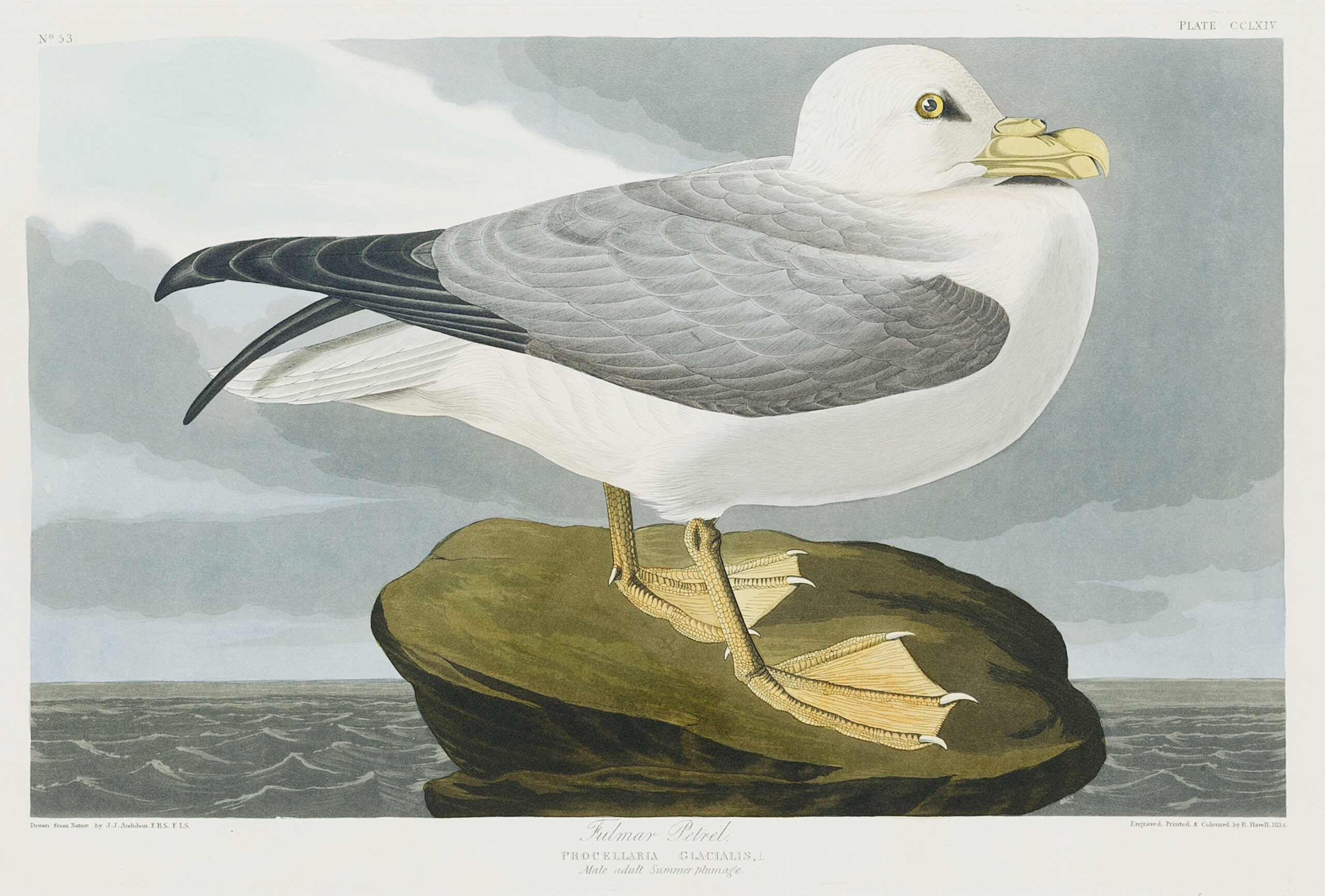
Fulmar Petrel from Birds of America (1827) by John James Audubon, etched by William Home Lizars. Original from University of Pittsburg.
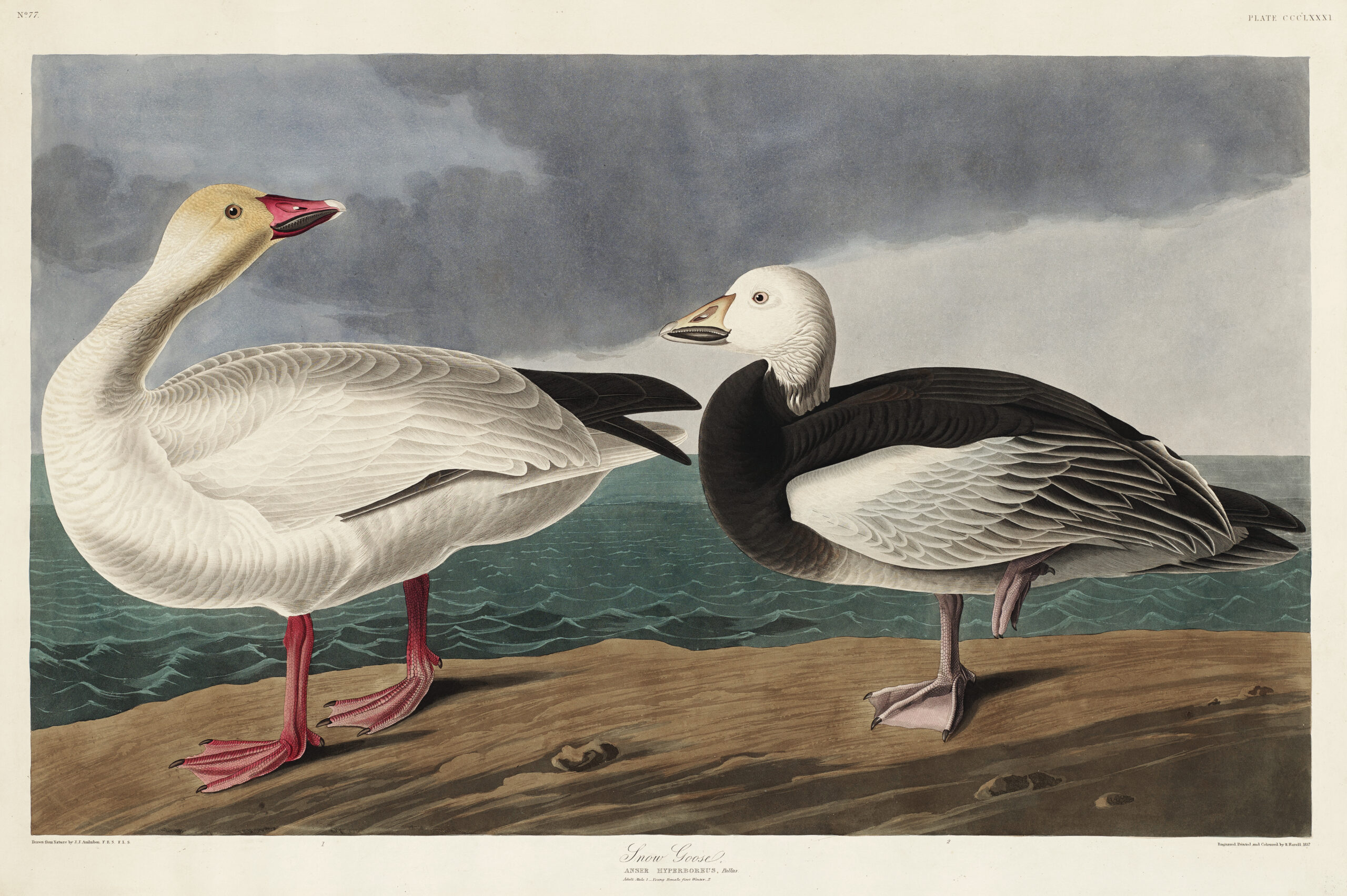
Snow Goose from Birds of America (1827) by John James Audubon, etched by William Home Lizars. Original from University of Pittsburg.
Questions to Ask Children
Describe what you see.
Look at the artwork as a whole – which words would you use to describe the whole piece?
Tell me about the details you like.
What materials has the artist used?
What do you think the artist is trying to say with this artwork?
Can you describe the nature/personality of the bird? Why do you think that? How has the artist made you think that?
Pejac
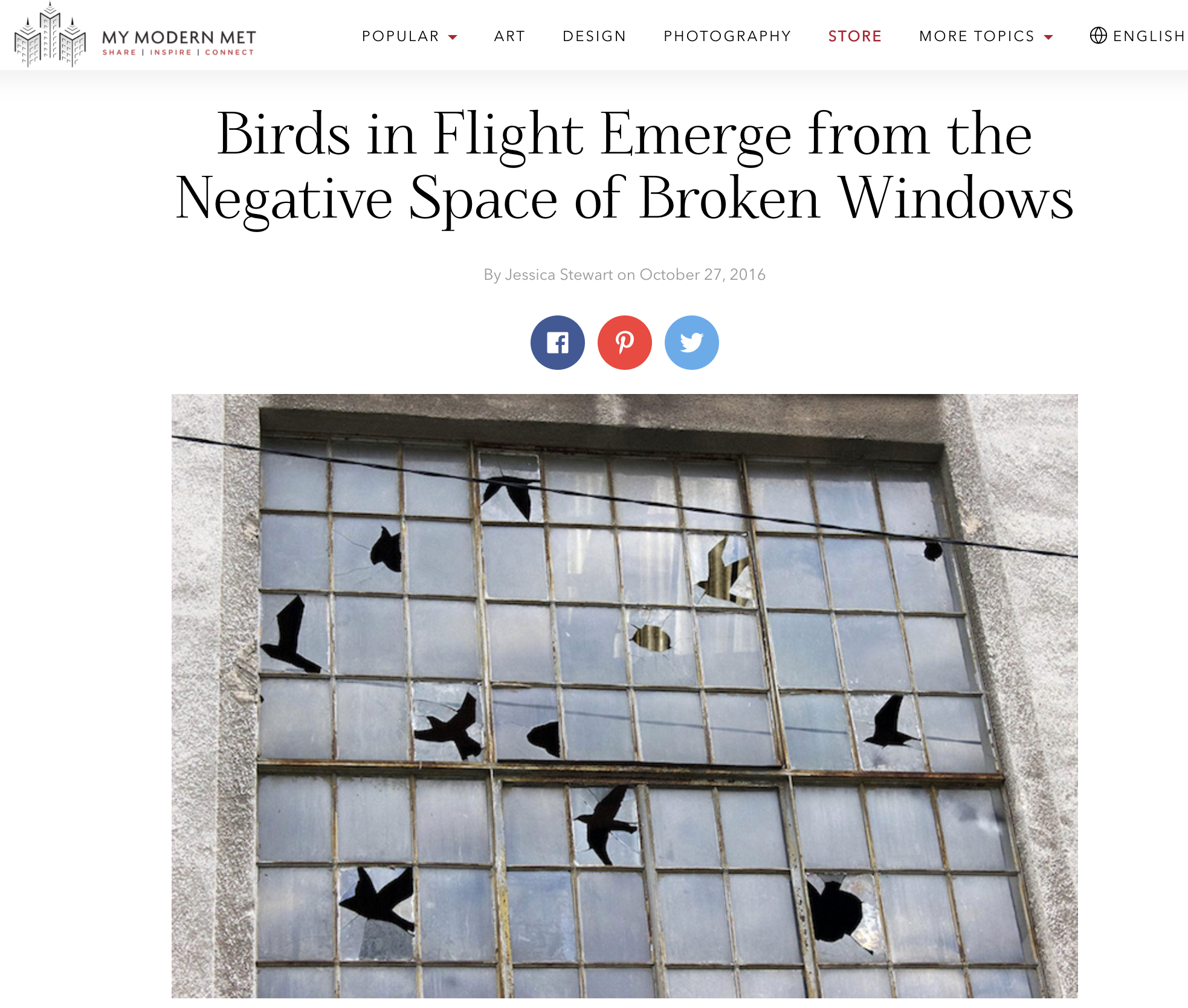
Camoflage by Pejac. Silvestre Santiago, better known as Pejac, is a Spanish painter and street artist. He was born in 1977 in Santander, Cantabria, Spain. He studied Fine Arts in Salamanca and then Barcelona. In 2001, Santiago continued his studies in Italy at the Accademia di Belle Arti di Milano. Today the artist lives in Santander.
Inspired by the work of Belgium Surrealist Rene Magritte, Pejac plays with the idea of negative space in this installation piece. Explore images of the piece via the My Modern Met article
Questions to Ask Children
What do you see?
What has the artist done in this piece?
How does this piece of art make you feel?
What do you think the artist is trying to say?
Dusciana Bravura
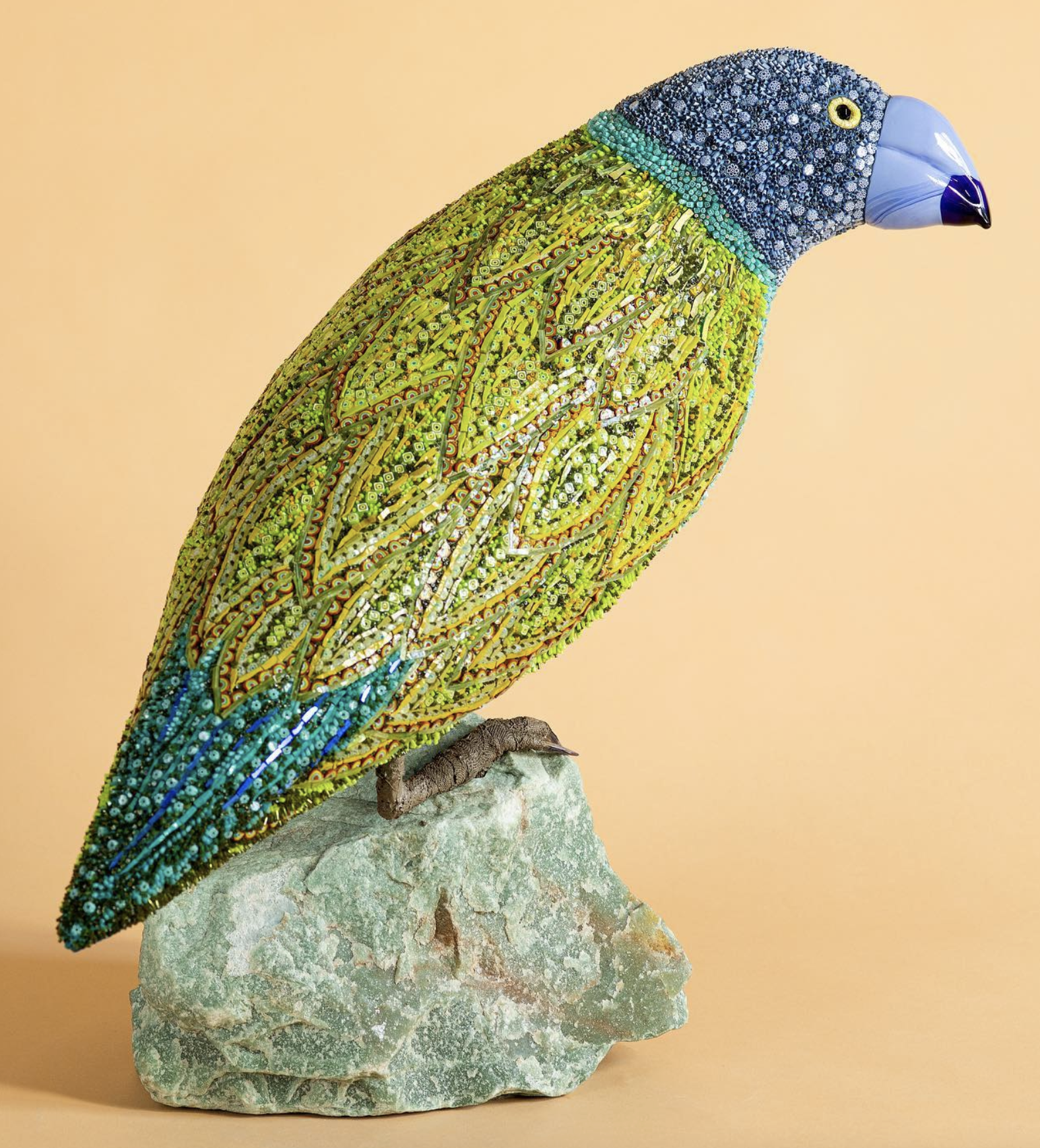
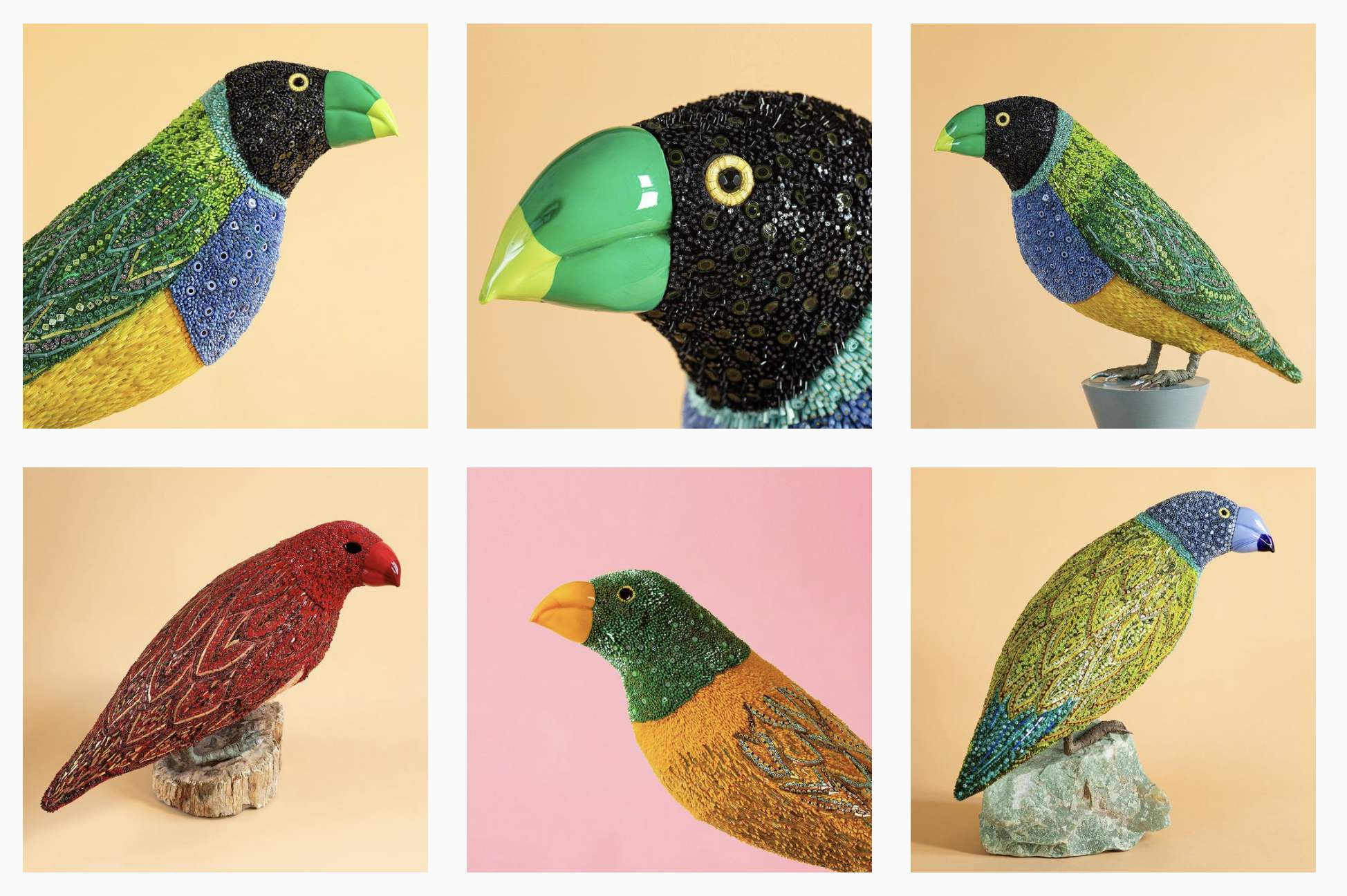
Dusciana Bravura is an Italian Sculptor and Interior Designer.
Questions to Ask Children
What words would you use to describe these sculptures?
Can you imagine how Dusciana makes her work?
How do they make you feel?
What do you think the artist is trying to say?
This Talking Points Is Used In…
Pathway: Making Birds
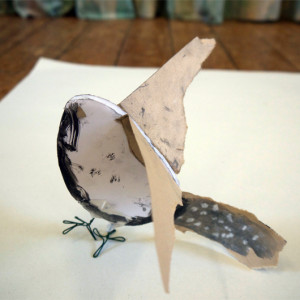
using sketchbooks to make visual notes
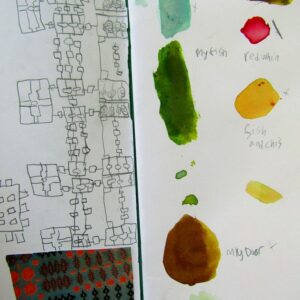
Show me what you see
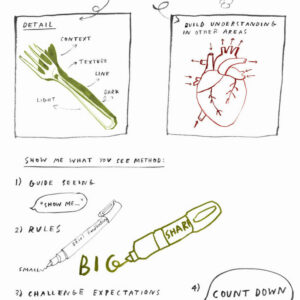
You Might Also Like…
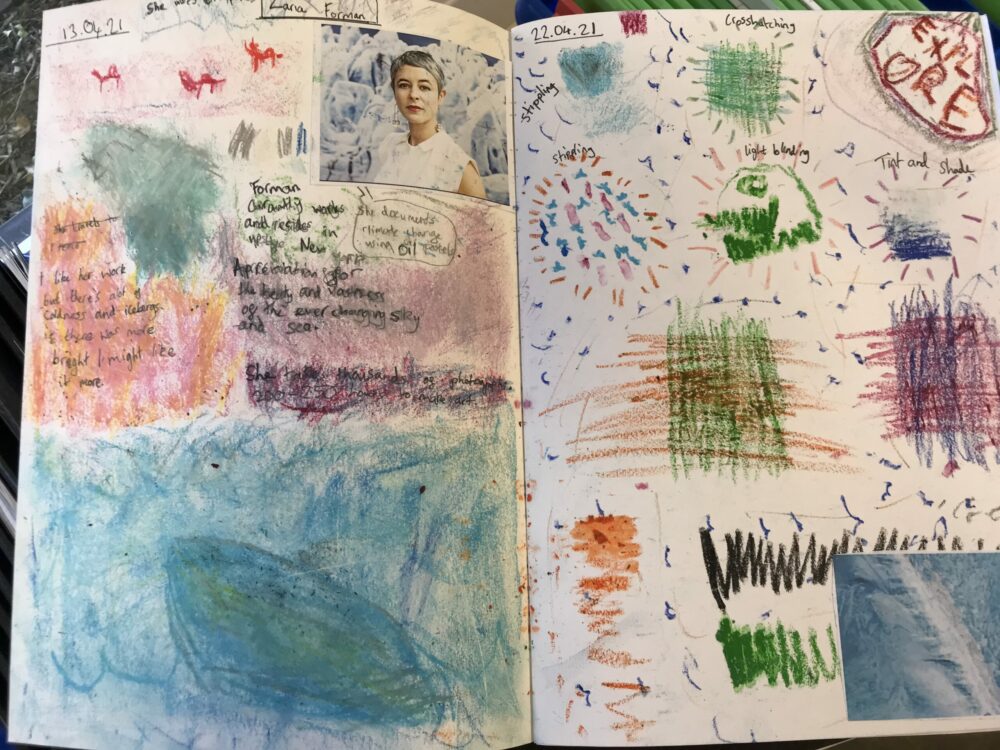
The Sketchbook Journey
Explore the AccessArt Sketchbook Journey to grow your understanding about what sketchbooks are and how they might be used.
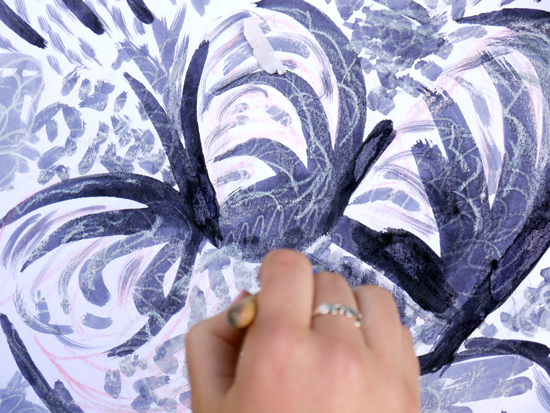
The AccessArt Network
Join our network on facebook and continue the conversation, share and support.
Sketchbooks are powerful tools. Enjoy these three videos in which Jo Blaker shares why sketchbooks have secret powers.
*If you are having issues viewing videos it may be due to your schools firewall or your cookie selection. Please check with your IT department.*
Sketchbook Powers Number 1 & 2
Secret powers numbers 1 and 2: Jo describes how sketchbooks can be a door into a hidden world, and a place to explore what you feel like as a person.
Sketchbook Power Number 3
Secret power number 2: Sketchbooks can be a weapon; a weapon you can use to fight boredom, ease anxiety, and find gratitude.
Sketchbook Power Number 4
Secret power numbers 4: Sketchbooks can be a laboratory – a safe place to experiment, test and discover.
You May Also Like
Creativity Connects

Permission to Make
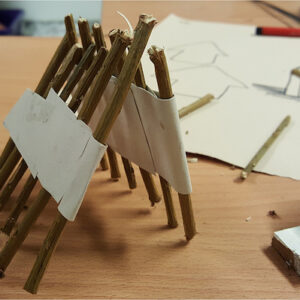
What did my child make this week?
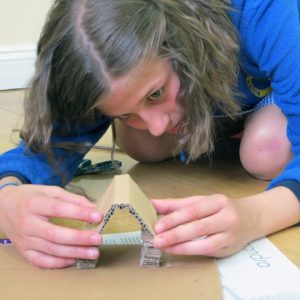
Visual Arts Planning: Light and Dark
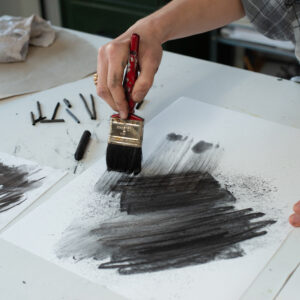
Offering to Teachers to ages 4-11
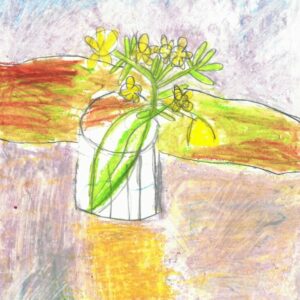
Pedagogy in 250 words

























